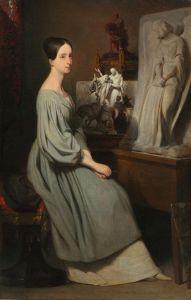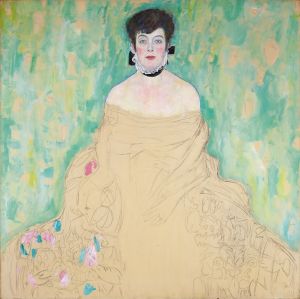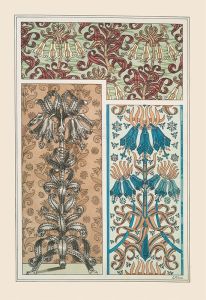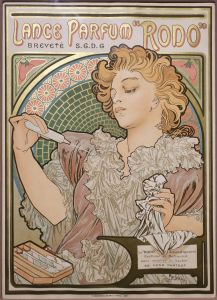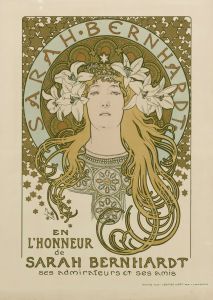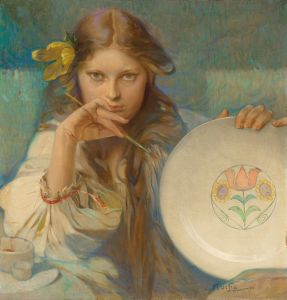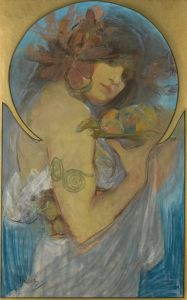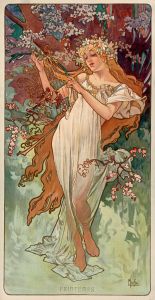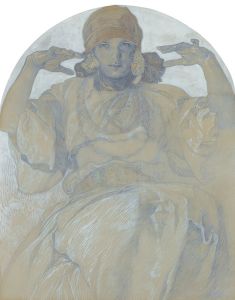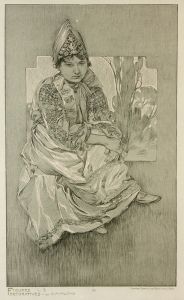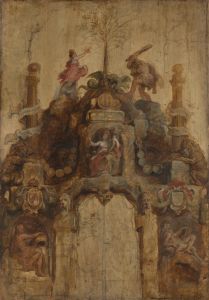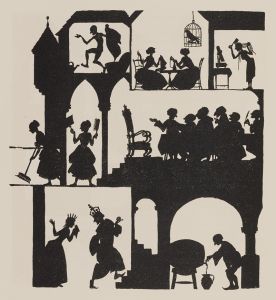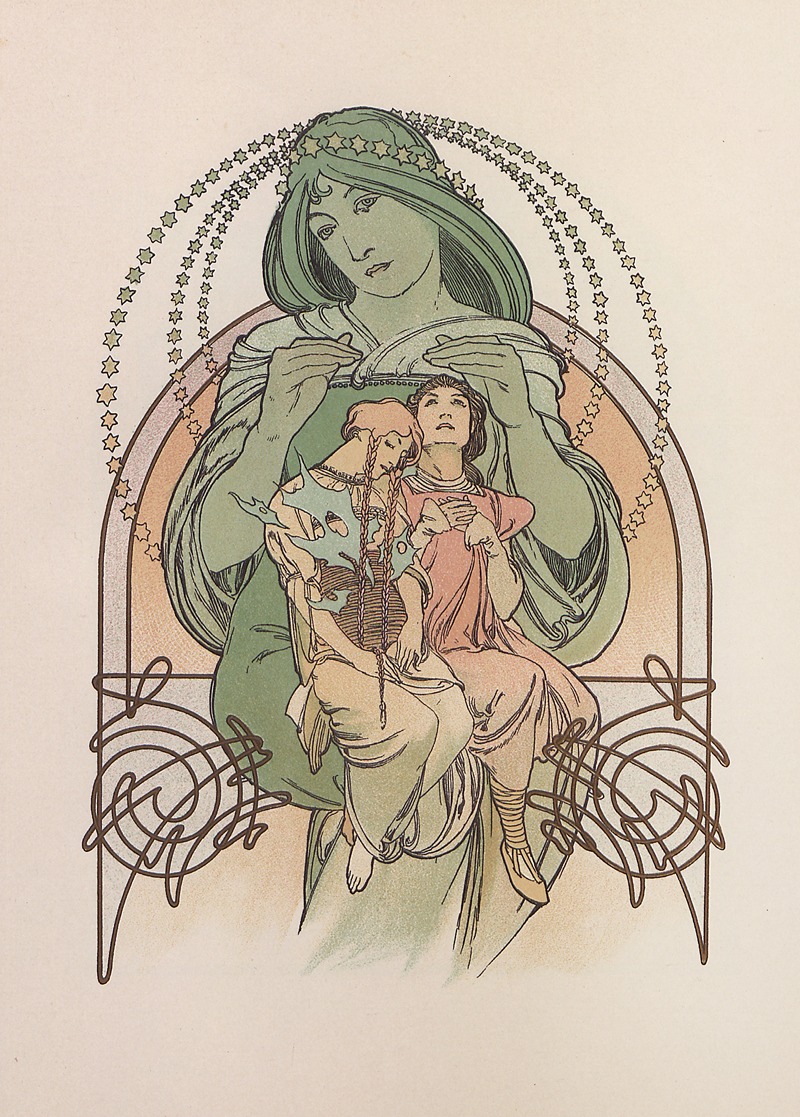
Ilsée, princesse de Tripoli
A hand-painted replica of Alphonse Mucha’s masterpiece Ilsée, princesse de Tripoli, meticulously crafted by professional artists to capture the true essence of the original. Each piece is created with museum-quality canvas and rare mineral pigments, carefully painted by experienced artists with delicate brushstrokes and rich, layered colors to perfectly recreate the texture of the original artwork. Unlike machine-printed reproductions, this hand-painted version brings the painting to life, infused with the artist’s emotions and skill in every stroke. Whether for personal collection or home decoration, it instantly elevates the artistic atmosphere of any space.
"Ilsée, princesse de Tripoli" is a notable work by the Czech artist Alphonse Mucha, who is renowned for his distinctive style that became synonymous with the Art Nouveau movement. Mucha, born in 1860 in what is now the Czech Republic, gained fame for his unique approach to art and design, characterized by intricate lines, floral patterns, and elegant female figures.
"Ilsée, princesse de Tripoli" is not a standalone painting but rather a series of illustrations created by Mucha for a book of the same name. The book, written by the French author Robert de Flers, was published in 1897. It is a romantic novel set in the medieval period, and Mucha's illustrations were intended to complement the text, enhancing the reader's experience through visual storytelling.
Mucha's work on "Ilsée, princesse de Tripoli" is a prime example of his ability to blend fine art with commercial illustration. The illustrations reflect his signature style, featuring graceful figures, elaborate decorative elements, and a harmonious composition that draws the viewer into the narrative. Mucha's use of soft, flowing lines and a pastel color palette creates a dreamlike quality, which perfectly suits the romantic and historical themes of the novel.
The illustrations for "Ilsée, princesse de Tripoli" were produced using the lithographic printing process, a technique that Mucha mastered and frequently employed in his work. This method allowed for the reproduction of his detailed designs with high fidelity, making his art accessible to a wider audience. Lithography was particularly popular during the Art Nouveau period, as it enabled artists to produce vibrant, multi-colored prints that retained the intricacy of the original artwork.
Mucha's contribution to "Ilsée, princesse de Tripoli" is significant not only for its artistic merit but also for its role in the broader context of book illustration during the late 19th century. At this time, there was a growing interest in integrating art with literature, and Mucha's work exemplifies this trend. His illustrations do not merely accompany the text; they enhance and expand upon it, offering readers a visual entry point into the story's world.
The collaboration between Mucha and Robert de Flers on this project highlights the intersection of visual and literary arts during the Art Nouveau period. Mucha's ability to capture the essence of the narrative through his illustrations demonstrates his skill as an artist and his understanding of the interplay between text and image.
Overall, "Ilsée, princesse de Tripoli" stands as a testament to Alphonse Mucha's enduring influence in the realm of art and design. His work on this project showcases the hallmarks of his style—elegance, detail, and a harmonious blend of form and function. Today, Mucha's illustrations for the book continue to be celebrated for their beauty and their contribution to the legacy of Art Nouveau.







